NVIDIA's Blackwell: Revolutionizing AI and Data Centers for a New Era of Computing
- Sep 23, 2024
- 0
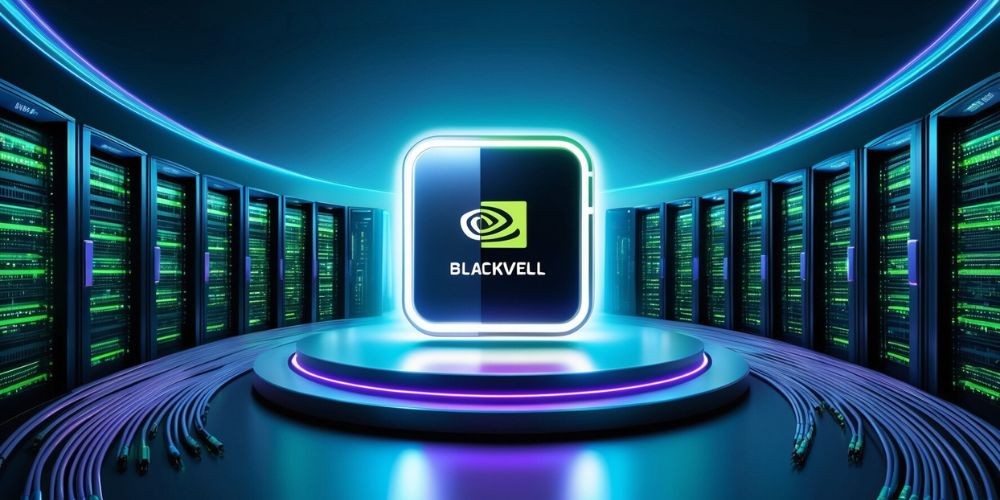
NVIDIA has captured attention once more with the unveiling of its Blackwell platform, heralded as a revolutionary leap forward for data centers and artificial intelligence. Amidst swirling rumors of potential delays, NVIDIA has decisively showcased that Blackwell is operational and on track for a global rollout later this year. As anticipation builds around this new platform, we highlight the innovative features, elevated performance metrics, and the transformative potential of Blackwell in data centers. Dive into the details as we explore the multifaceted offerings of NVIDIA's Blackwell, from foundational technology to future advancements.
The Launch of Blackwell
NVIDIA is gearing up for its major presentation at the upcoming Hot Chips event, shedding light on various sessions that will detail its revolutionary technology. Despite speculations surrounding potential setbacks in Blackwell’s launch, NVIDIA has reassured stakeholders by revealing Blackwell running efficiently in its data centers. This affirmation indicates not only confidence in the technology's readiness but also the commitment to meet the growing demands of data center infrastructures. Blackwell represents a significant leap forward in AI and data processing capabilities targeted for deployment within the year.

What Comprises Blackwell?
To grasp the essence of Blackwell, one must look beyond an individual chip to a complex ecosystem of components engineered to meet the varied demands of AI and data center infrastructures. Each Blackwell configuration is an integration of various advanced technologies, including:
- Blackwell GPU
- Grace CPU
- NVLINK Switch Chip
- Bluefield-3
- ConnectX-7
- ConnectX-8
- Spectrum-4
- Quantum-3
This rich array of chips means that Blackwell is positioned to address extensive computational demands across cloud services, AI applications, and data center operations, emphasizing scalability and efficiency.
Engineering Marvels
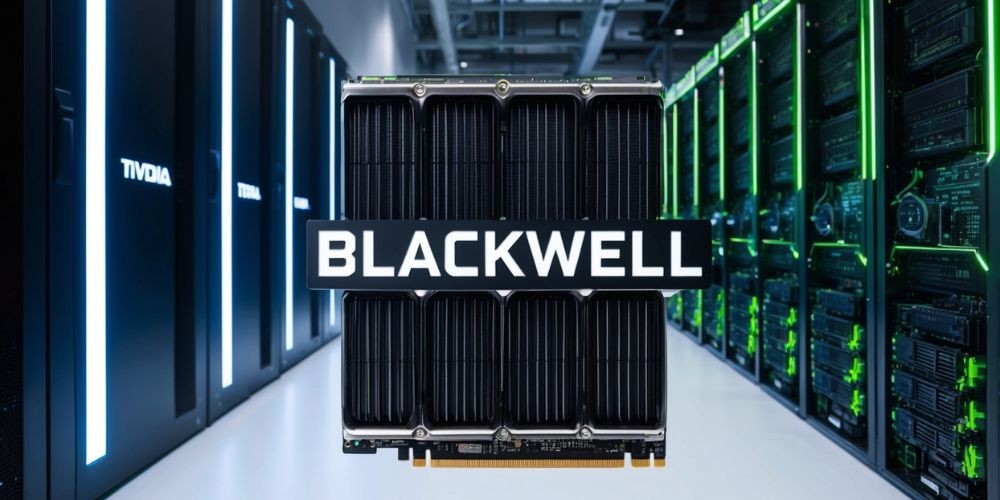
Revealing images of Blackwell trays highlights the outstanding engineering prowess embedded in the design of NVIDIA's next-generation data center solutions. The architecture of Blackwell is tailored specifically to meet the crushing demands of modern AI requirements, exemplified by its capability to handle large language models (LLMs) like Meta's 405B Llama-3.1. As LLMs demand increasing computational power and reduced latency, Blackwell aims to meet these challenges seamlessly.
Connecting Multiple GPUs
One prominent aspect of the Blackwell ecosystem is its approach toward GPU interconnectivity. With a multi-GPU structure, performance efficiency can leap significantly, minimizing latency in token generation. However, navigating this multi-GPU environment presents its own challenges, particularly in terms of communication between GPUs.
NVIDIA’s NVSwitch Solution
In response to these needs, NVIDIA’s NVSwitch technology enables high-bandwidth GPU-to-GPU communication, dramatically enhancing the efficiency of data flow within multi-GPU setups. The NVSwitch capable of supporting up to 72 GPUs acts as a high-speed conduit for data, allowing results from each GPU to be relayed efficiently, thus preserving performance.
Unveiling GPU Specifications
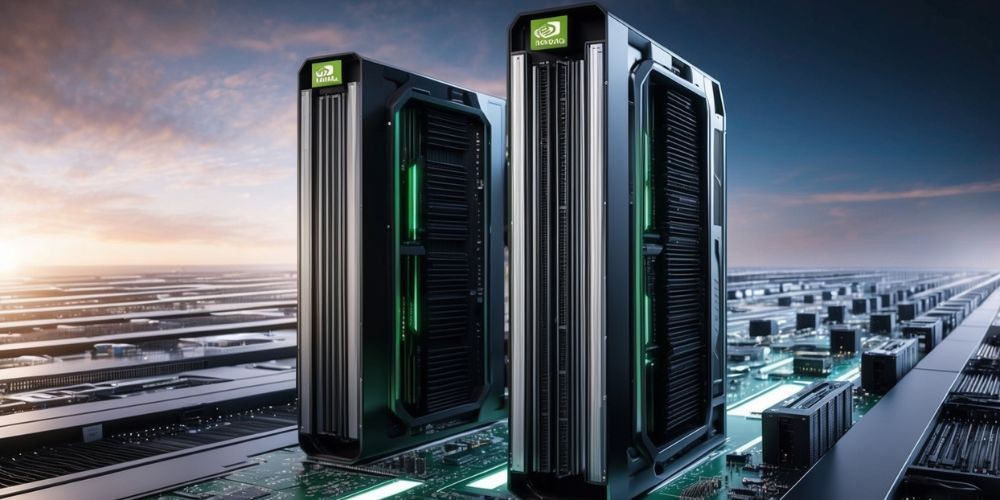
During a recent session, NVIDIA provided insights into the Blackwell GPU's specifications, which represent cutting-edge advancements in processing power:
- Two reticle-limited GPUs in a single package
- 208 billion transistors leveraging TSMC’s 4NP technology
- 20 Peta FLOPS utilizing FP4 AI capabilities
- 8 TB/s memory bandwidth
- Advanced 8-Site HBM3e memory
- 1.8 TB/s bidirectional NVLINK bandwidth
- High-speed NVLINK connections to the Grace CPU
The reticle-limited chip design prioritizes communication density, reduced latency, and optimal energy performance, showcasing NVIDIA's focus on sustainable and high-performance computing.
Enhanced NVLINK Technology
The introduction of an upgraded NVLINK Switch marks another significant stride, pushing interconnect bandwidth to 1.8 TB/s. This remarkable capability facilitates connectivity across multiple GPUs housed within GB200 NVL72 racks. Each NVLINK Switch comprises a substantial die of 800mm2 and delivers an astonishing 7.2 TB/s of bidirectional bandwidth across 72 ports, underscoring NVIDIA's pace-setting approach in GPU communication technologies.
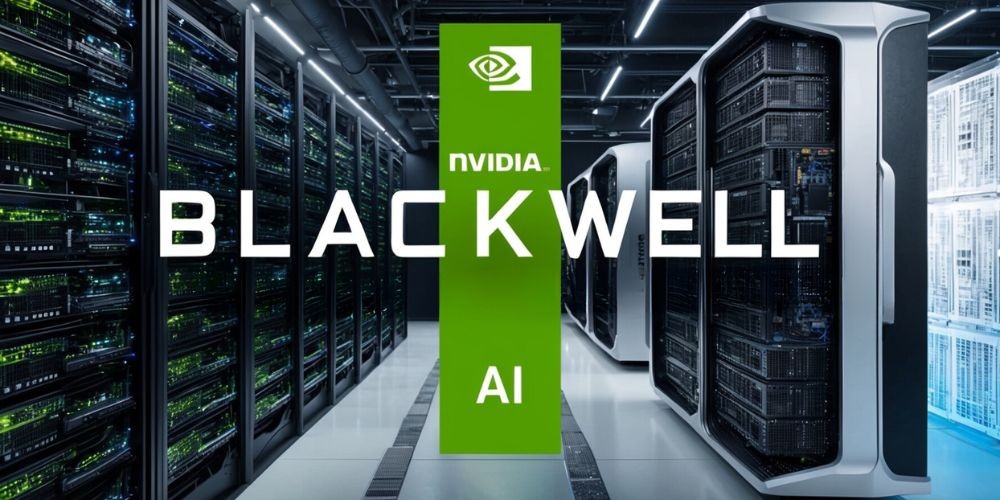
Innovative Cooling Solutions
Amidst discussions of performance optimization, NVIDIA plans to introduce advanced liquid cooling solutions aimed at elevating performance while reducing operational costs. One notable approach involves utilizing warm water for direct chip cooling, which offers numerous advantages, including:
- Increased cooling efficiency
- Lower operational costs
- Extended lifespan of IT servers
- Possibility for heat reuse
Transitioning to warm water cooling eliminates reliance on traditional chilling systems, resulting in as much as a 28% decrease in data center power expenses.
The Future of AI with Blackwell
The Blackwell platform is more than just an upgrade; it’s a comprehensive solution designed to propel AI into new frontiers across various industries and applications. Specifically, the GB200 NVL72 architecture promises to redefine AI system design by interconnecting a multitude of GPUs and CPUs.
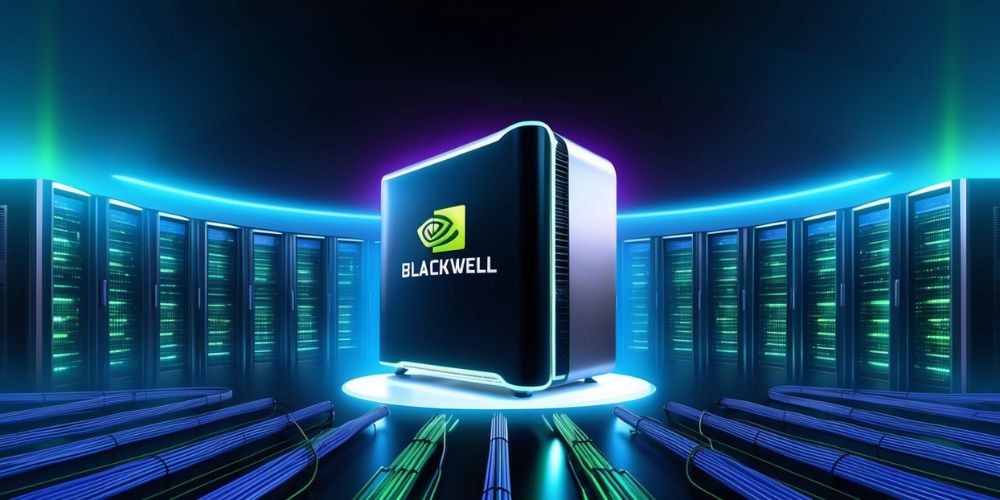
Generative AI Advancements
NVIDIA is also making landmark strides with the unveiling of the first-ever generative AI image produced via FP4 computation. This image exemplifies the advancements made possible by the Quasar Quantization system, showcasing the capability to generate high-quality outputs despite a reduction in precision while retaining most of the accuracy.
The Road Ahead
As NVIDIA sets its sights on the future, a follow-up to Blackwell—the Blackwell Ultra GPU—is anticipated to launch next year. This forthcoming GPU will build on current achievements, introducing enhanced memory capabilities, increased computational density, and expanded AI processing power, with further upgrades planned for subsequent years with the Rubin series poised to evolve NVIDIA's AI hardware landscape even further.
In conclusion, NVIDIA's Blackwell is not merely a product launch; it signifies a pivotal transition in data center technology and AI infrastructure, filling a critical role in the future of digital innovation. As it rolls out to data centers globally, the implications for AI computing and speed are profound, promising enhancements that will shape technological landscapes for years to come.
